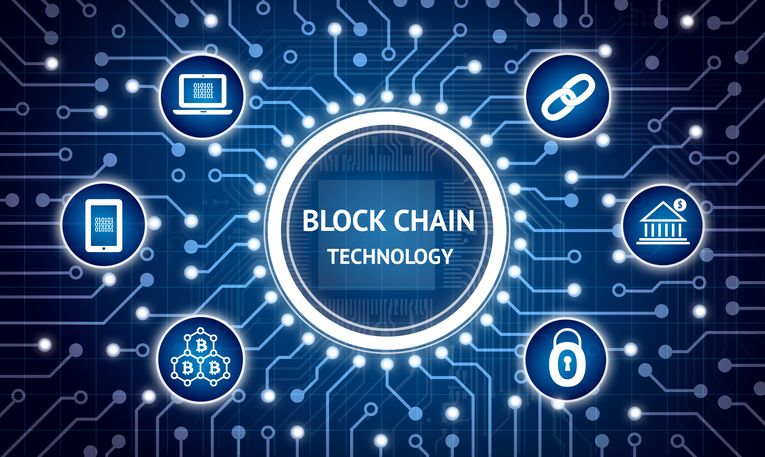Blockchain technology has emerged as a transformative force, reshaping the conventional financial system in profound ways. While originally created to underpin cryptocurrencies like Bitcoin, its applications have extended far beyond digital coins. The fundamental premise of blockchain is decentralization, transparency, and security, and these qualities are revolutionizing the world of finance.
Here are some key aspects of how blockchain is disrupting the traditional financial system:
- Efficiency and Speed: Traditional financial transactions often involve multiple intermediaries, leading to delays and high transaction costs. Blockchain eliminates many intermediaries, enabling faster and more cost-effective transactions. Settlement times that used to take days can now happen in minutes.
- Reduced Costs: Blockchain reduces the need for intermediaries like banks, clearinghouses, and payment processors, which can result in substantial cost savings. This not only benefits financial institutions but can also translate into lower fees for consumers.
- Transparency: Every transaction on a blockchain is recorded in a public ledger that’s visible to all participants. This transparency minimizes fraud and errors and builds trust in the system. Anyone can independently verify transactions, which is a stark contrast to the opacity of traditional financial systems.
- Security: The blockchain’s consensus mechanisms, such as Proof of Work (PoW) and Proof of Stake (PoS), make it incredibly secure. Once a transaction is recorded on the blockchain, it’s nearly immutable, making it highly resistant to tampering or fraud.
- Financial Inclusion: Blockchain has the potential to bring financial services to people who are currently excluded from the traditional banking system. It can give individuals in remote or underbanked areas access to digital financial services, like payments, savings, and loans.
- Smart Contracts: Smart contracts are self-executing contracts with the terms of the agreement directly written into code. They automate processes and payments, reducing the need for intermediaries and the risk of human error.
- Tokenization of Assets: Traditional assets like real estate, stocks, and commodities are being tokenized on blockchain, allowing for fractional ownership and easier transfer. This opens up investment opportunities to a broader range of people.
- Decentralization: The lack of a central authority in blockchain challenges the dominance of traditional financial institutions. It shifts power from centralized entities to individuals and communities.
- Cross-Border Transactions: Blockchain facilitates cross-border transactions by eliminating the need for multiple currency conversions and lengthy processing times. This is especially valuable in the global economy.
As blockchain technology continues to mature, it is gradually reshaping the financial landscape. While the transition is ongoing, it’s clear that blockchain has the potential to offer a more efficient, transparent, and inclusive financial system. The traditional financial industry is taking notice and adapting to this disruptive force, recognizing the need to embrace this innovative technology or risk being left behind.








